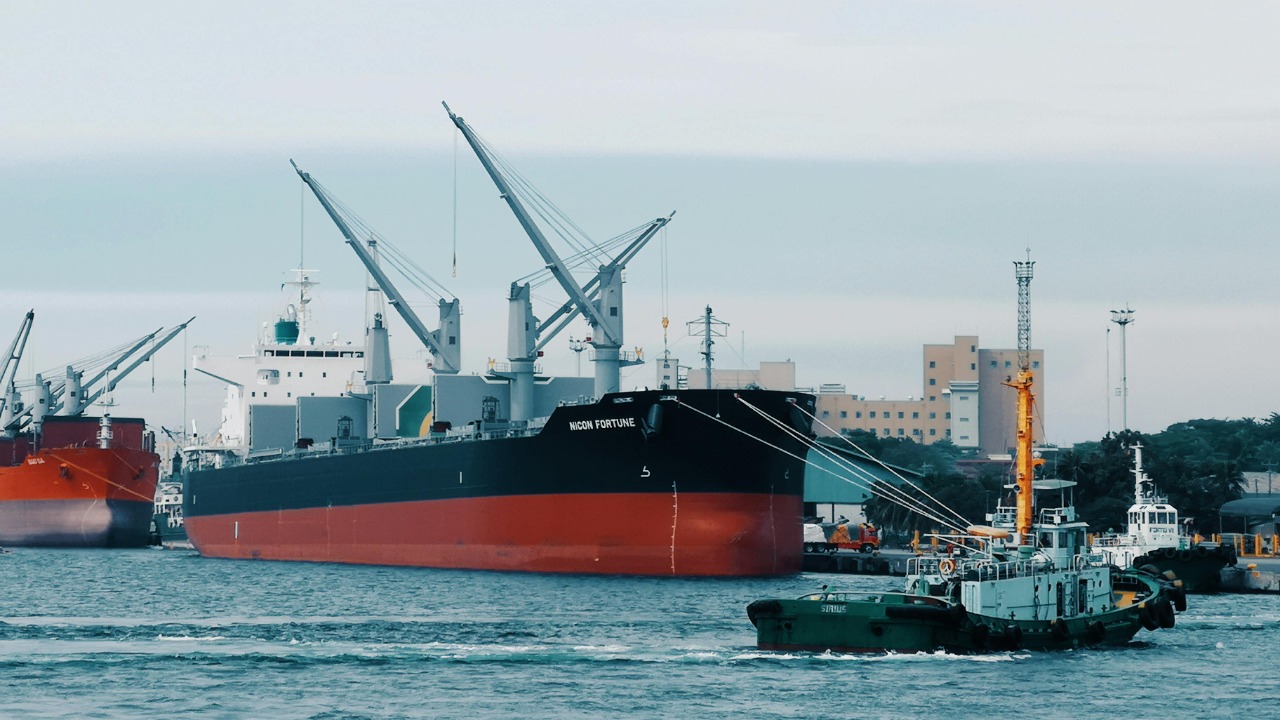
The scientific community has recently been abuzz with the groundbreaking development of a metal that can float on water. This innovation challenges our fundamental understanding of materials and buoyancy, opening the door to a myriad of applications that could revolutionize industries from transportation to robotics.
The Science Behind Floating Metals

One of the key processes in developing a metal that floats involves hydrophobic etching. This technique creates a surface that repels water, similar to how a lotus leaf sheds droplets. By etching micro and nanoscale patterns onto the metal’s surface, scientists can trap air, creating a buoyant layer that significantly aids flotation.
Understanding the principles of density and buoyancy is crucial in this context. Traditional metals sink because their density is greater than that of water. However, by manipulating the surface characteristics and incorporating air pockets, the overall density of the metal can be reduced to less than that of water, allowing it to float. Past attempts to achieve this have often stumbled due to technical challenges or material limitations, but recent breakthroughs have overcome these hurdles.
Potential Applications and Implications

The advent of floating metals could herald a new era in maritime and transportation sectors. Ships constructed from these materials would be lighter, enhancing fuel efficiency and reducing greenhouse gas emissions. Additionally, the increased buoyancy could improve safety by making vessels less prone to capsizing.
In robotics and artificial intelligence, this technology opens up exciting possibilities. Researchers are already exploring the development of aquatic robots that can navigate and perform tasks in water with unparalleled agility and efficiency. These robots could be instrumental in environmental monitoring and search-and-rescue operations.
Environmentally, floating metals could lead to more sustainable practices across various industries. Economically, they offer a potential reduction in material and transportation costs, paving the way for broader adoption and innovation.
Comparisons to Science Fiction

This technological leap echoes themes often found in science fiction. The idea of floating metal has been imagined in various narratives, from futuristic transportation to advanced robotics. These portrayals have fueled public imagination and scientific curiosity alike.
While the gap between fiction and reality has historically been wide, advancements like floating metals showcase how rapidly this divide is shrinking. Science fiction has long inspired real-world technological progress, serving as a catalyst for innovation and exploration.
The role of imagination is pivotal in scientific progress. By envisioning what might be possible, science fiction encourages researchers to push the boundaries of current technology and explore uncharted territories.
Challenges and Future Research Directions

Despite the promise of floating metal technology, several technical hurdles remain. The durability and long-term stability of these materials in harsh marine environments are still under investigation. Additionally, scaling production while maintaining quality and functionality presents significant challenges.
Interdisciplinary research is critical for overcoming these obstacles. Collaborations across fields such as materials science, engineering, and environmental science will be necessary to refine and optimize floating metal technology. Such partnerships can accelerate progress and facilitate real-world applications.
Looking ahead, researchers are focused on expanding the potential of floating metals. Long-term goals include creating more versatile materials with broader applications and ensuring their impact is both economically and environmentally beneficial. As interest and investment in this area grow, the possibilities for this revolutionary material are seemingly endless.